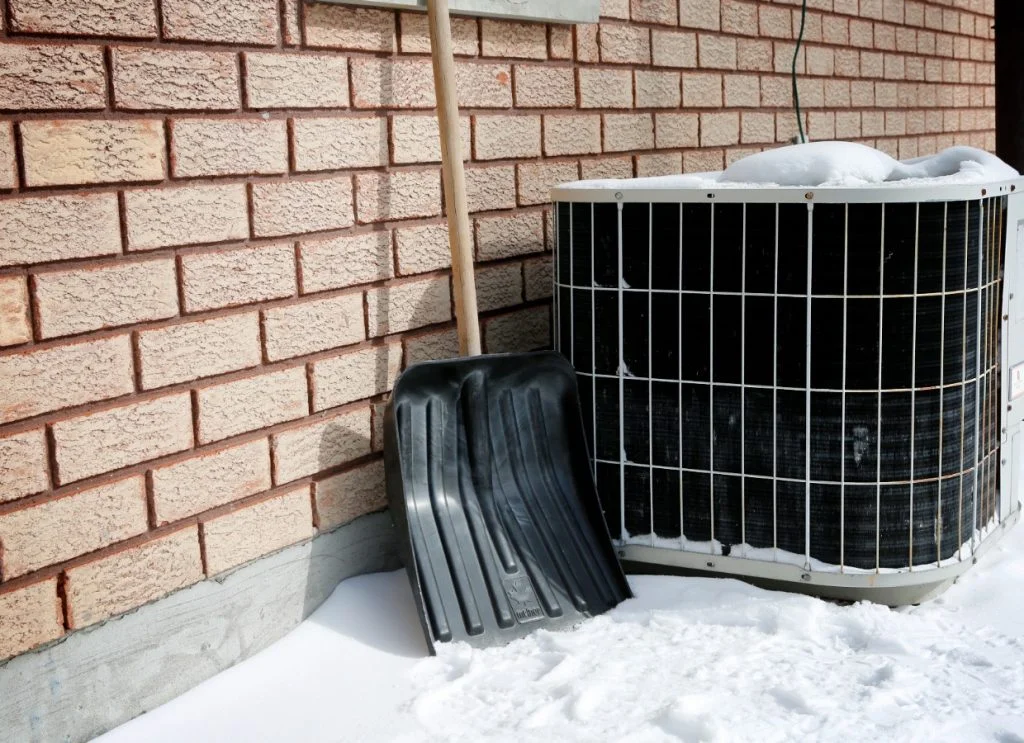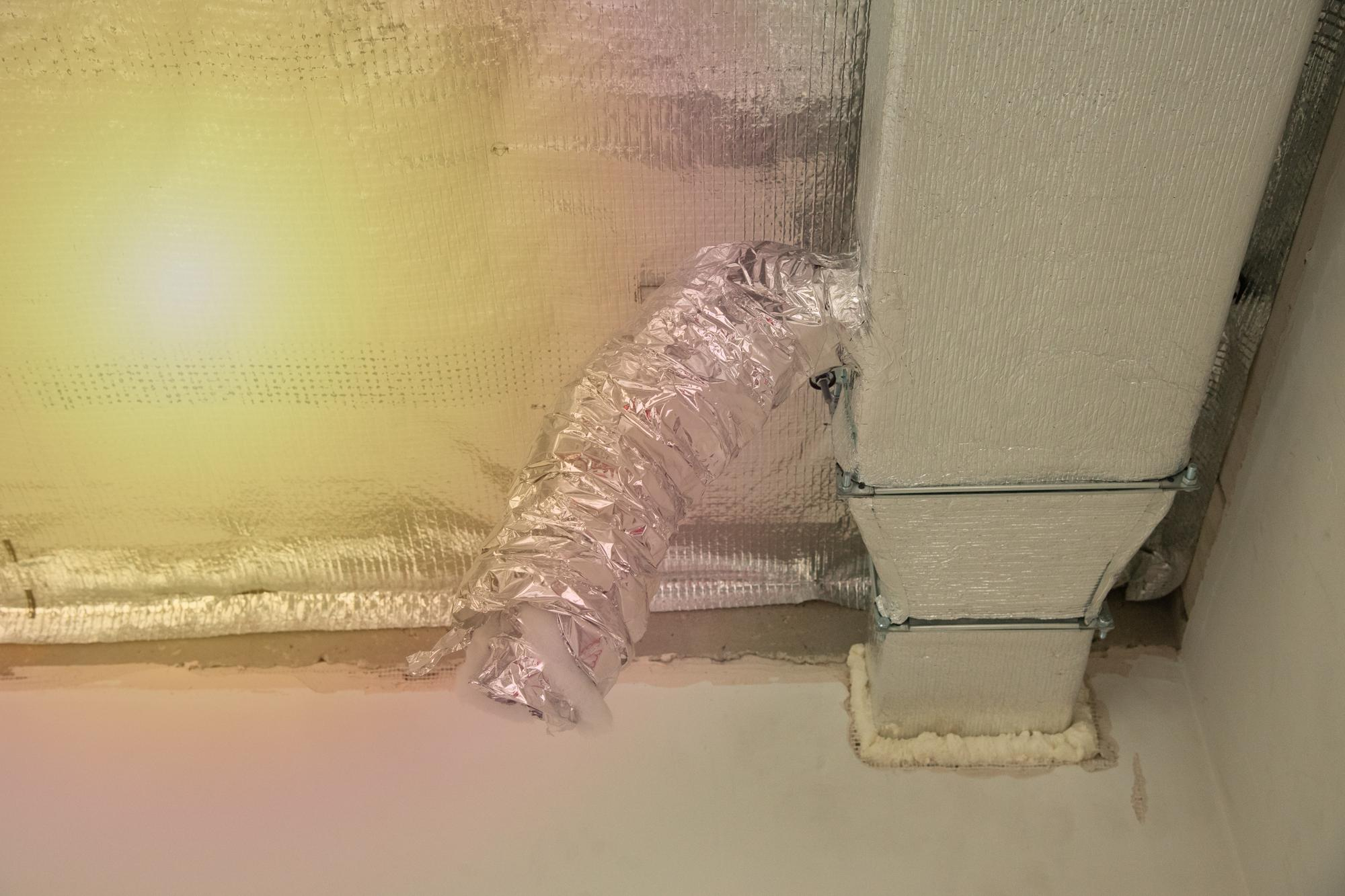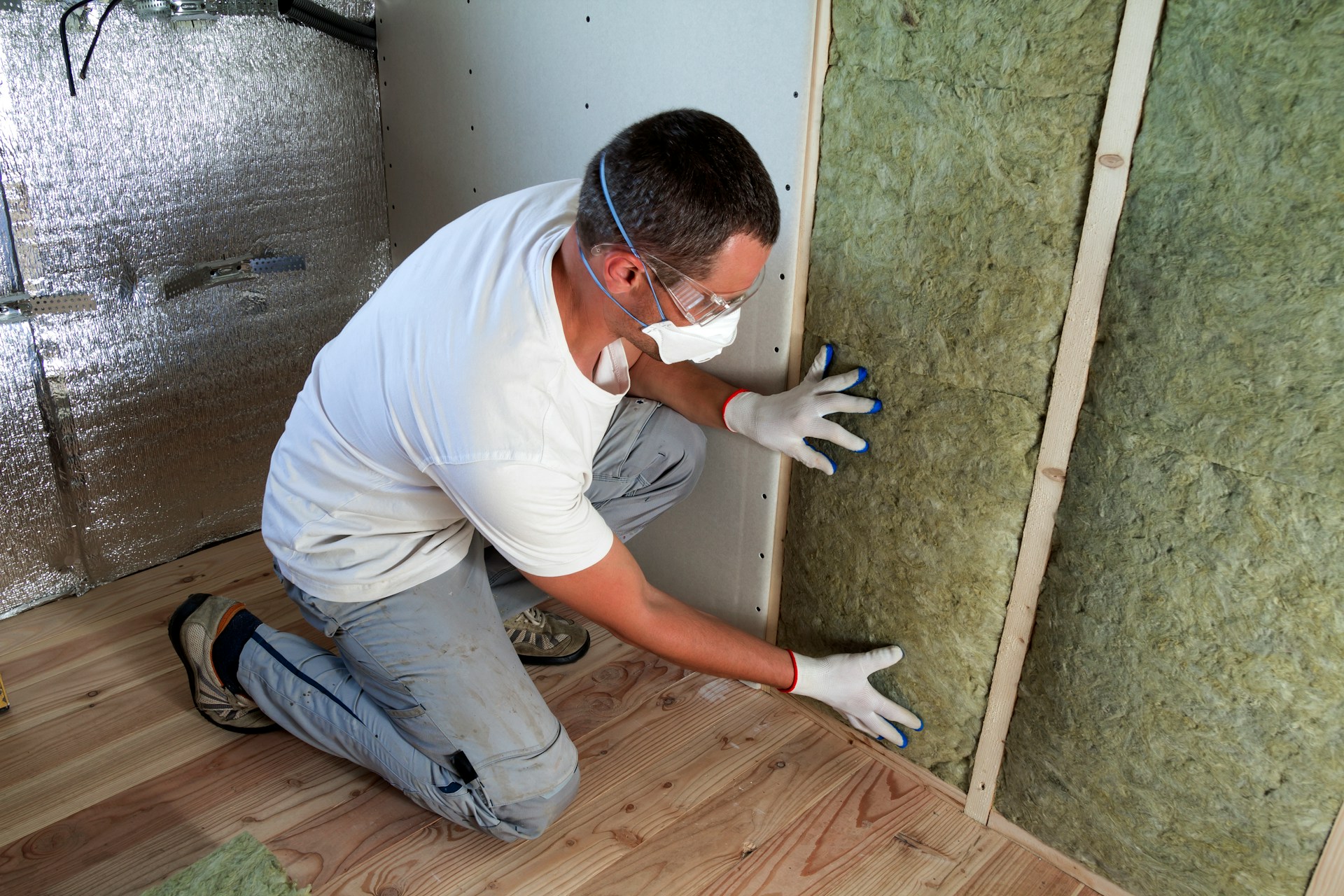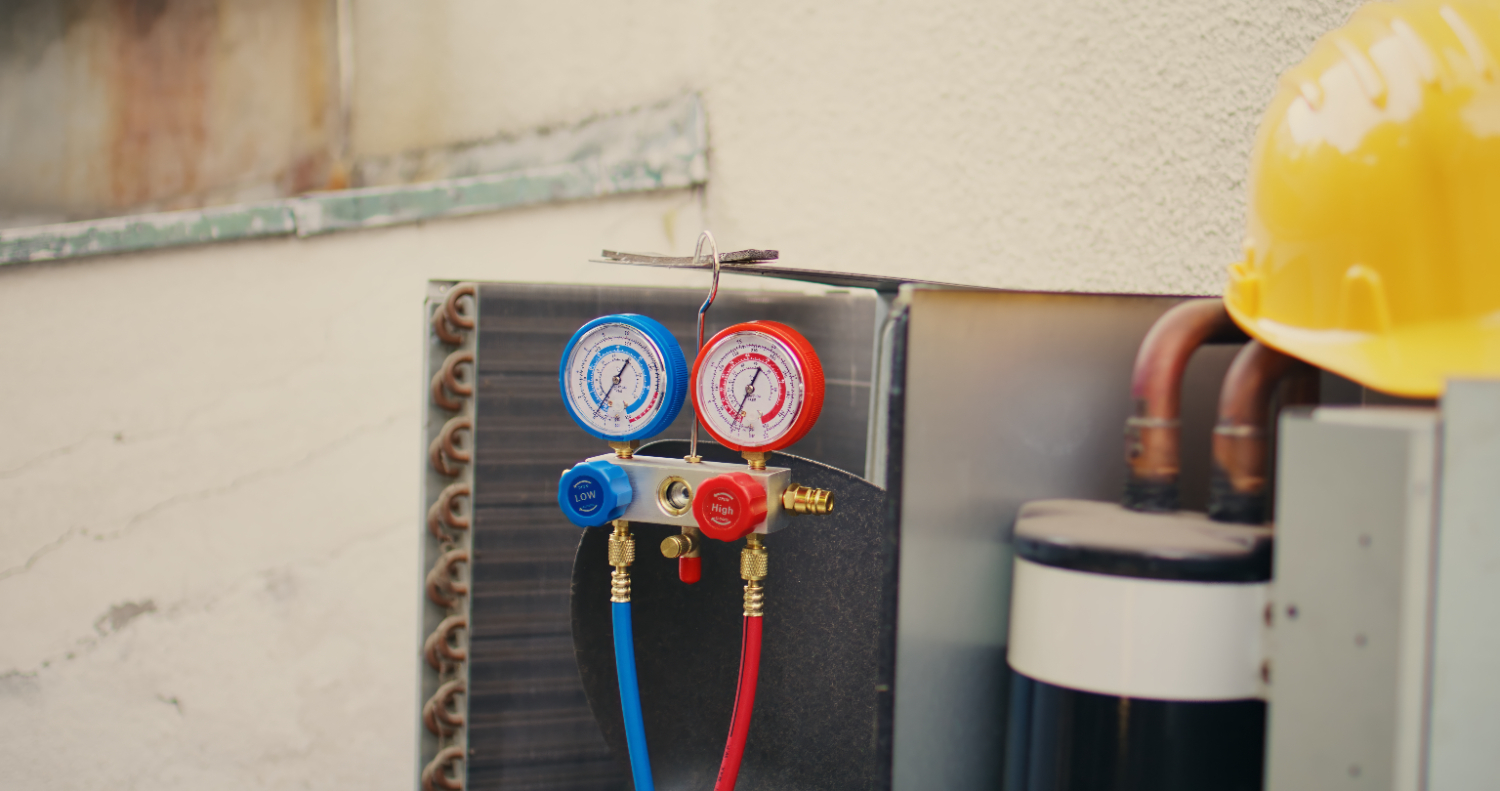Complete HVAC Preventative Maintenance Tips For Fall And Winter
Although Texas is located in the Southwest, the winters in this part of the country can be harsh, with high winds, sub-freezing temperatures, and snow or ice storms. For this reason, it is important to have dependable HVAC equipment – particularly heating equipment – that keeps your family safe and warm during the coldest winter months in Texas.
HVAC maintenance includes a combination of small DIY jobs and professional HVAC service that helps you maintain an efficient, dependable HVAC system when your family needs it most. Scheduling routine preventative maintenance minimizes common furnace or heat pump problems that can disrupt your comfort throughout the cold season. Below is a starter guide to HVAC winter maintenance.
1. Schedule Professional HVAC Maintenance
The first step in proper HVAC care is to schedule HVAC maintenance from an HVAC contractor in Weatherford, Texas. By hiring a professional, you have peace of mind knowing that a certified HVAC technician is preparing your system for winter.
During the winter, the technician will largely focus on cleaning, inspecting, calibrating, lubricating, fixing, or replacing the heating components in your system, such as:
- Heating element
- Blower assembly
- Heat pump
- Heat exchanger
- Air intake grill
- Carbon monoxide levels
- Pilot assembly
- Thermostat
- Belts
- Air filter
When hiring an HVAC company in Texas for winter maintenance, ask about discounts or specials they are offering for pre-seasonal inspections and check-ups. Also, go to their website or ask them about their annual HVAC maintenance plan. You may save money while keeping your HVAC system in tip-top shape.
2. Know Your HVAC System’s Filters
Although all HVAC filters perform the same function, different HVAC brands and models have unique requirements for air filtration. So, it’s important to know what type of HVAC filter works best for your system and how often you should change it. The best way to learn about your system’s filter is to read the owner’s manual. It provides information on the right type of filter and how often to change it.
If keeping your HVAC system in excellent shape during the winter is a priority, consider installing high-efficiency filters with a MERV rating of 13 or higher. A high-efficiency filter traps more dust and allows cleaner air to flow through the system, creating an overall purer environment and improving your heating system’s performance.
3. Winterize Your System Inside and Out
Winterizing your HVAC system involves protecting your outside air conditioner from the harsh winter weather and fortifying your furnace or heat pump for optimal performance. Some winterization tips include
- Insulate AC Lines: Insulating your AC lines is a simple DIY job you can do to protect your air conditioner during the winter. Remove the current insulation if it is outdated or worn. Afterward, clean the lines and apply new insulation. Wrap the foam around the pipe. Secure it with tape if necessary. Make sure the insulation covers the entire line and protects it from moisture.
- Cover the Air Conditioner During Fall, Not Winter: One of the most common mistakes homeowners make is covering the air conditioner during winter. However, air conditioners are built to withstand the winter elements. Covering your air conditioner reduces airflow and causes moisture buildup. Mold and rust occur as a result. The best time to cover the AC is during the fall to prevent leaves and debris from getting into the unit. Remove the cover during winter.
- Build a Ventilated AC Shelter: If you insist on protecting your outside air conditioner from ice and snow, build or purchase an AC shelter. The shelter should protect the AC without directly covering it or touching it. Make sure the shelter has openings for proper ventilation. Both the walls and top should be at least three to five inches away from the AC unit. Remove the shelter in the spring.
- Clean the Air Conditioner: Speaking of proper ventilation: If your air conditioner is surrounded by bushes, trees, and tall grass, it may be covered in debris. You want as much outside cold air blowing through the unit as possible to keep it dry. Take some time to clean around the AC unit, removing debris and anything that blocks the vents. Use an appropriate gentle household cleaner to scrub around the outside, removing dirt and stains.
- Test Your Thermostat: Testing a thermostat is a simple procedure. You are evaluating two things. First, you are checking to see if the thermostat triggers the furnace. Turn the thermostat and listen to the furnace. It should turn on within five minutes of you turning on the thermostat. Second, you are checking to see if the furnace reaches the desired temperature before shutting off. If you have any problems, contact an HVAC company in Texas.
Schedule HVAC Services in Weatherford, Texas
When you need a Texas-certified HVAC technician you can trust, turn to Daffan Cooling & Heating. We offer professional HVAC services in Weatherford, Texas. Contact us today for an in-home assessment and get an estimate on HVAC work.
Fill out our contact form or call us to schedule HVAC services in Weatherford, Texas.










